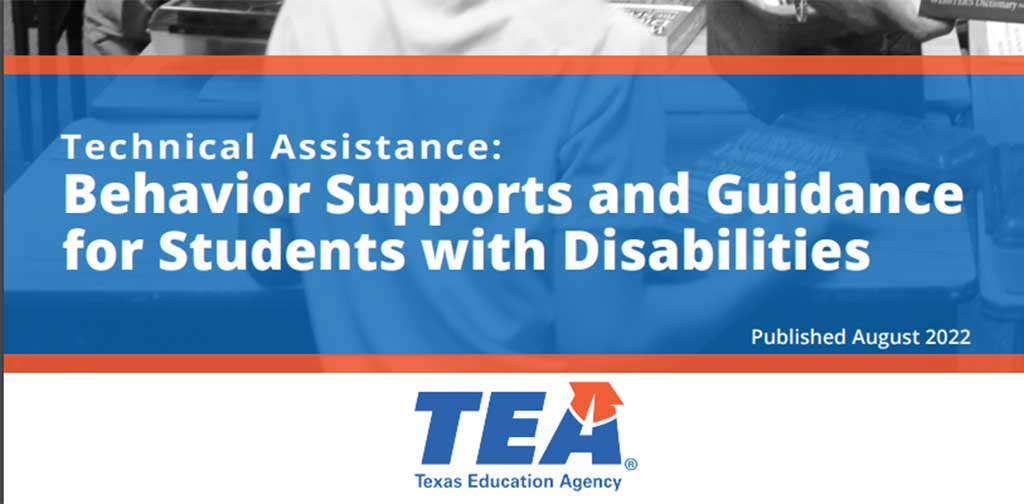Before the IEP Meeting
[rescue_toggle title=”Individualized Education Program”]The IEP is developed at a meeting with required staff and the parent(s). For more information on IEPs, click here. [/rescue_toggle]
1. Request Needed Assessments in Writing or Get Independent Assessments
Your child can be assessed in any area of suspected disability and for any services needed for him to benefit from school. For example, assessments may be done to determine/identify:
- Reading or math levels
- Modifications needed to fully include your child
- Therapy services (OT, PT, speech, mental health)
- Assistive technology like a communication device.
If you disagree with the school district’s assessment, you can obtain an independent assessment at public expense. Always request assessments in writing.
2. Ask to Obtain Assessment Reports One Week Before IEP Meeting
Whether you or the school district requested the assessments, ask the school early on to provide you with copies of the written assessment reports a week before the IEP meeting. This is very important so that you can read the reports, discuss them and plan for the meeting.
3. Plan for the Meeting with a Friend or Advocate
Review any assessment reports with someone with some knowledge. Identify your aims for the meeting. Think about what your child accomplished last year and what you hope they will learn next year. Identify the special difficulties or strengths of your child that you want to bring to the school’s attention. If you are seeking full inclusion or increased integration, identify how your child interacts with non-disabled children outside of school and what makes it successful.
4. Consider Full Inclusion or Increased Integration
The law says that to the maximum extent appropriate, as decided by the IEP team, children with disabilities shall be educated in their neighborhood schools & and attend regular classes (with supplemental aids & services). These placements are called “full inclusion.” Today many researchers and parents believe all children with disabilities can and should be fully included. You should definitely consider before the IEP meeting whether you want your child fully included or simply want to increase her integration opportunities in classroom and/or extracurricular activities (clubs, field trips, etc.) at her school.
5. Make a List of the Points You Want to Raise at the IEP Meeting
However well you plan, you may get nervous or distracted at a meeting with several professionals. Thus it is good to make a list of points and questions in advance so you won’t forget. You can check off points as they are discussed and jot down the answers to your questions.
At the IEP Meeting:
6. Bring a Friend, Advocate and/or a Person Who Knows Your Child
You can invite anyone you want to your child’s IEP. It is always a good idea to have someone with you. If there is a day-care operator, grandparent, tutor, behavior specialist or other person who knows your child and her learning style, it can be helpful to bring them to the meeting.
7. Don’t Be Afraid to Ask Questions, Make Sure You Understand Any “Jargon”
Schools are required to explain all findings and recommendations in easily understandable language. District staff use the same terms every day, and may forget that the world doesn’t know what they mean. Some parents don’t ask questions because they feel it makes them appear unintelligent or unsophisticated. The fact is that the most intelligent and sophisticated parents often ask the most questions.
8. Discuss Present Level of Your Child’s Performance
Discuss reports, assessments, yours and the teacher’s observations of your child’s performance and record his abilities and issues.
9. Develop Annual Goals and Short-Term Objectives
Review progress on prior annual goals, then formulate new annual goals. If your child will be assessed using alternate achievement standards (such as the STAAR Alternate], rather than the school district’s general education standards, the IEP must break the annual goal down into short-term objectives . If your child will be assessed using the standard achievement testing program, his IEP will may not include short-term objectives. The IEP must include a schedule for your receipt of periodic progress reports on your child’s progress toward achieving the annual IEP goals. Make sure the short-term objectives are clear. Make sure the schedule for your receipt of the periodic progress reports is clear in the IEP and then make sure you receive and review those reports and ask for another IEP meeting to discuss any progress deficiencies or discrepancies. If you are interested in your child having greater integration with non-disabled peers, you should request goals that involve interaction with non-disabled students, such as: “Molly will initiate a conversation or positive interaction with a non-disabled student at least __ times each school day.”
10. Identify Full Inclusion or Integration Opportunities and the Supports Needed for Success
The district must provide supplementary aids and services to accommodate the special education needs of students with disabilities in integrated settings including; for example, a trained aide, use of a tape recorder, an inclusion specialist to help the regular education teacher modify curriculum or a behavioral plan to address disruptive behaviors.
11. Describe the Placement for Your Child and Identify Specifically the Supports and Related Services Needed
All related services, such as speech therapy, should be identified including frequency and duration, for example: twice a week for one hour. The parameters of the placement should be stated clearly; for example, Karen will be fully included in second grade with a full time aid and five hours a week of a full inclusion specialist or John will attend a special day class for communicatively handicapped students with mainstreaming for science, chorus and all regular school activities. You do not have the right to require the district to provide its services from a particular person in a particular classroom. Specific placement options should be, however, discussed at the IEP.
12. Sign and agree to the IEP Only If You Are Satisfied
You do not need to sign the IEP at the meeting — you can ask to take it home to discuss with others and think about it. If you sign the IEP and later change your mind, you may withdraw your consent by writing to the special education administrator.
After the IEP Meeting:
13. Meet Your Child’s Teacher(s) at the Beginning of the Year. Be a Classroom Volunteer If Possible and/or Participate in School Activities
Parents have different amounts of time and money, analyze your situation and then contact the teacher or school to determine how you could be of assistance. Not only will you become more familiar with the school and its staff, but your child will feel special.
14. Support Your Child in Developing Friendships with Her Classmates
Assist your child to call friends outside of school and to make play-dates. Having friendships with non-disabled and disabled children will help your child be part of their community.
15. Monitor Your Child’s Progress
You may want to arrange for a regular communication system with your child’s teacher such as a notebook which goes back and forth to school. Note projected target dates for your child to master particular skills, such as the dates assigned to the short-term objectives or the schedule for the periodic progress reports . A notebook that goes back and forth to school will help you to determine whether supplementary aids and services and related services are actually being provided.
If Things Don’t Work Out:
16. You Can File a Compliance Complaint If the School District Does Not Follow the Rules or Fails to Provide Services Required in a Signed IEP
A compliance complaint is filed when you believe the district has violated a part of special education law or procedure. The complaint is investigated by the state Department of Education and a written determination of whether the district was/is “out-of-compliance” is made.
17. You Can File for a Due Process Hearing If You and the School District Cannot Agree on the Special Education Services Appropriate for Your Child
When you and the district disagree about your child’s eligibility, placement, program needs, integration or related services either of you may request a due process hearing. Both parties present evidence to the hearing officer (hired by the state). The hearing officer will decide on the facts and the law and issue a written decision.
By: Ellen S. Goldblatt, Senior Attorney, Protection & Advocacy, Inc. Oakland, CA; www.pai-ca.org
Also available in Chinese, Hmong, Korean, Laotian, Spanish, Tagalog, and Vietnamese on the PAI website: http://www.pai-ca.org/issues/specialeducation_pubs.html



